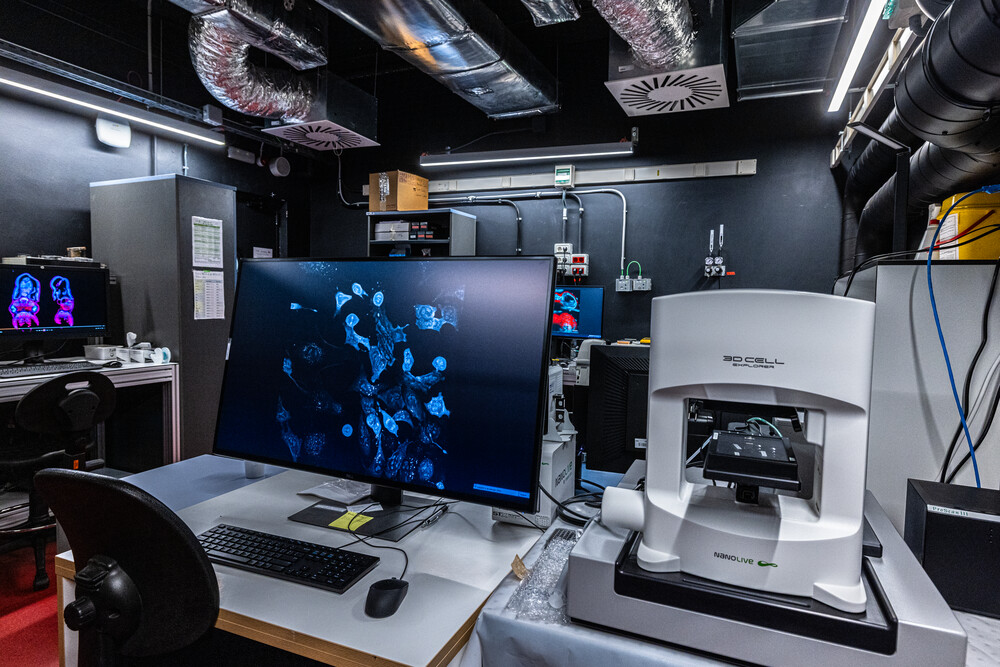Sample preparation consultation
Live sample mounting
We provide expert support for live sample mounting tailored to each application and each microscope, especially for light-sheet microscopy and other techniques. We work closely with users to optimize sample preparation protocols that preserve viability, enable multi-sample imaging and maintain physiological conditions during imaging. From embedding embryos or organoids in low-melting agarose to designing custom sample holders/chambers for long-term imaging, our facility offers a range of mounting solutions that minimize stress and movement while maintaining access to essential environmental conditions.
Fixed samples, immunostaining and RNA labelling methods
We offer consultation for a comprehensive pipeline for fixed sample preparation, including immunostaining and RNA labeling techniques optimized for volumetric imaging. Whether you’re working with whole embryos, organoids, or tissues, we offer advice on protocols that are designed to ensure uniform penetration of antibodies and probes, while preserving structural integrity of the sample. We offer guidance on choosing fluorophore combinations that enable the most optimal multiplexed imaging experiments.
Tissue clearing
We offer expertise on a range of tissue clearing techniques compatible with various tissue types, labelling methods and imaging modalities. Clearing protocols are tested and adapted in-house to facilitate deep imaging of large, optically dense samples. We help users select the most suitable clearing method based on sample type, imaging goals, and downstream analysis requirements. Whether your aim is whole-organ imaging or 3D histopathology, our clearing services enable the visualization of complex biological structures at the mesoscopic scale.
Expansion microscopy
Expansion Microscopy is a cutting-edge technique that physically expands biological samples, allowing conventional microscopes to achieve super-resolution imaging. At the MIF, we offer support for implementing expansion microscopy protocols on various sample types including embryos, tissues, and organoids. By integrating expansion microscopy with immunostaining and RNA labeling, we enable high resolution mapping of molecular/structural organization within large biological contexts. This technique is ideal for users aiming to bridge the gap between mesoscopic and nanoscopic imaging, particularly when studying subcellular organization in 3D tissues.
Image analysis
We offer support in image visualization, processing and analysis using open source software. Our computational infrastructure includes two high end workstations and six virtual machines embedded in the 3D cloud infrastructure. With this, we support large-scale analysis such as image registration, object segmentation, cell tracking and fluorescence quantification. We provide a Python package for efficient visualization and writing of datasets in a format compatible with the NGFF standards. A list of past and current image analysis projects can be found on our Gitlab page and on EMBL’s intranet (access for internal users only).
Hardware customisation
- Custom mounts & modifications to commercial systems
- In-house built imaging systems (when resources permit)
